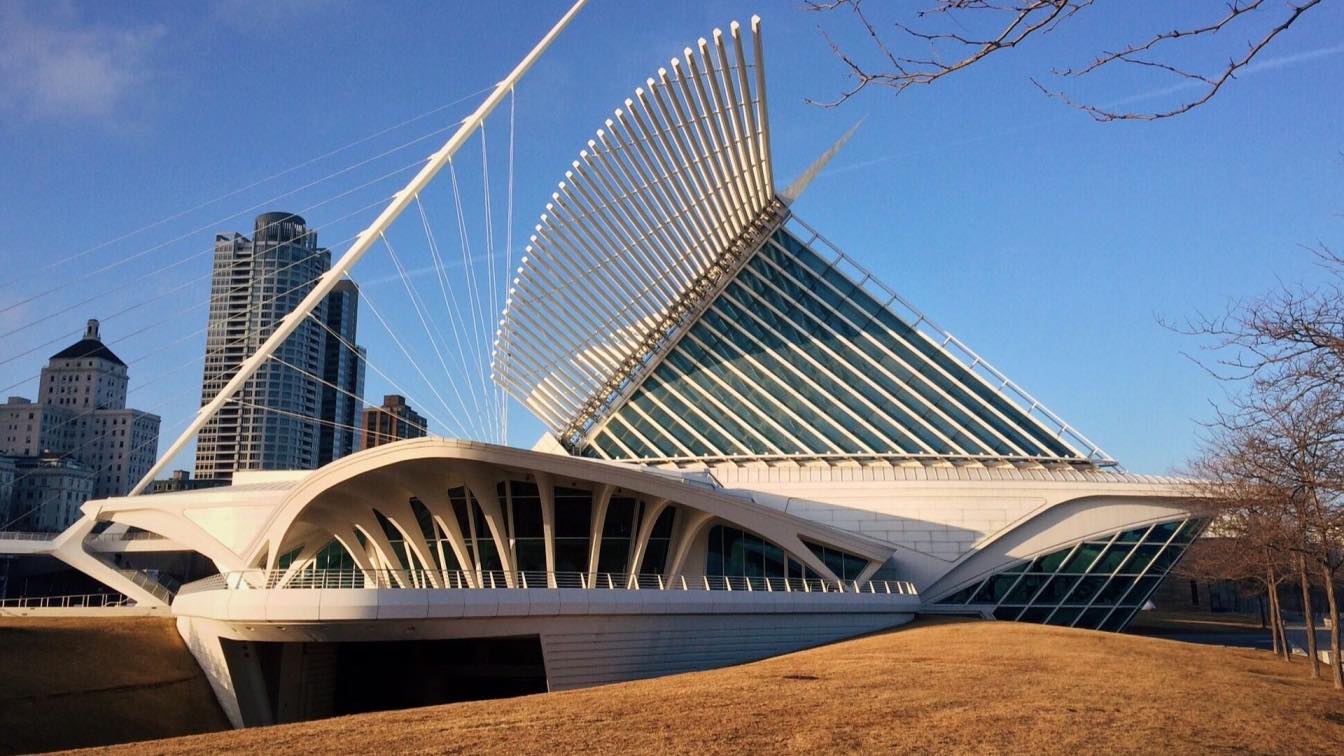Introduction to Santiago Calatrava
Santiago Calatrava is more than just an architect; he’s a visionary whose works blend art, engineering, and nature in breathtaking ways. His structures are not merely buildings but living sculptures that capture the imagination. With a career spanning decades, Calatrava has transformed skylines around the globe, leaving behind masterpieces that resonate with beauty and purpose.
From soaring bridges to magnificent transport hubs, each of his creations tells a story—one of innovation and inspiration. As you dive into the world of Santiago Calatrava, prepare to be captivated by his unique approach and striking designs that challenge traditional notions of architecture. Whether you’re an art enthusiast or simply curious about modern design, exploring his stunning artworks will surely ignite your passion for creativity. Let’s embark on this journey through seven remarkable pieces by Santiago Calatrava that everyone must see!
The Philosophy behind his Artistic Vision
Santiago Calatrava’s artistic vision is deeply rooted in the marriage of architecture and engineering. He believes that structures should not only serve a purpose but also evoke emotion. This philosophy drives him to create buildings that resemble living organisms, often inspired by nature.
His designs reflect movement, light, and shadow. They invite viewers to experience spaces differently. Calatrava embraces organic forms, capturing the essence of life within his work.
Moreover, he considers each project as a narrative. Every curve and angle tells a story about its environment and community. This storytelling approach allows people to connect with his art on multiple levels.
Calatrava’s unique perspective challenges conventional boundaries between art and functionality. He sees beauty in structural elements typically hidden from view, encouraging us to appreciate the intricate details that make up our built environment.
7 Stunning Artworks by Santiago Calatrava
Santiago Calatrava’s creativity shines through in each of his masterpieces. The City of Arts and Sciences in Valencia is a prime example. Its futuristic design captivates visitors, blending architecture with nature.
Next is the Milwaukee Art Museum, featuring a stunning moveable brise-soleil that resembles a bird taking flight. This innovation enhances both aesthetics and functionality.
The Oculus at the World Trade Center represents resilience after tragedy, embodying hope through its soaring structure.
Then there’s the Turning Torso in Sweden; an iconic skyscraper that twists upward like a dancer mid-performance—an architectural marvel.
Calatrava also transformed transportation with the Santiago de Compostela Railway Station, merging art with travel seamlessly.
His work on the Liège-Guillemins railway station showcases elegant curves that create flowing movements within space.
Don’t miss the spectacular “Margaret Hunt Hill Bridge” in Dallas—a striking connection over water that redefines urban landscapes.
The Inspiration behind each Artwork
Santiago Calatrava draws inspiration from nature, movement, and the human experience. His designs often reflect organic forms found in living creatures. The flowing lines of his structures evoke a sense of grace and fluidity.
For instance, the Milwaukee Art Museum resembles a soaring bird ready to take flight. This concept embodies freedom while inviting visitors to engage with its beautiful surroundings.
The Turning Torso in Sweden showcases the idea of motion captured in architecture. It symbolizes strength and dynamism as it spirals upward toward the sky.
Calatrava is also influenced by classical art and ancient engineering marvels. He blends modern technology with age-old techniques, creating pieces that resonate through time.
Each artwork tells a story unique to its environment, drawing people closer to both structure and essence. This connection between art and life makes Calatrava’s work particularly captivating for those who encounter it firsthand.
Impact on the Art World and Society
Santiago Calatrava’s work transcends mere architecture; it reshapes the urban landscape. His designs evoke emotions and provoke thoughts, merging functionality with an artistic ethos that challenges traditional boundaries.
Calatrava’s structures serve as cultural landmarks, often becoming symbols of innovation in their respective cities. The audacity of his vision inspires a new generation of architects to explore organic forms and sustainable practices.
Moreover, his art encourages public interaction. Many installations are designed not just for beauty but also for community engagement. People flock to these spaces, fostering connections and dialogue.
By integrating art into everyday life, Calatrava highlights its significance beyond galleries and museums. His influence reverberates through society by promoting appreciation for artistry in the built environment, making each artwork a point of reflection on our collective existence.
Criticisms and Controversies Surrounding His Work
Santiago Calatrava’s works often evoke strong reactions, both positive and negative. Critics point to his ambitious designs as overly complex or impractical. Some argue that while the aesthetics are stunning, functionality sometimes falls short.
The financial implications of his projects have also sparked debate. Several developments went over budget or faced delays, raising concerns about fiscal responsibility in public architecture.
Environmentalists frequently criticize certain structures for their impact on local ecosystems. The bold materials and large scales can disrupt natural landscapes.
Moreover, some observers feel that his work prioritizes form over substance. They question whether beauty should take precedence when it may lead to structural challenges down the line.
Despite these criticisms, Calatrava remains a polarizing figure whose vision continues to inspire discussions within architectural circles and beyond. His ability to provoke thought is testament to an artist deeply engaged with both art and society.
Conclusion: Why Santiago Calatrava’s Art is a Must-See for Everyone
Santiago Calatrava’s art transcends mere aesthetics. His works embody a unique blend of engineering and artistry, showcasing the potential for structures to inspire and evoke emotion. Each masterpiece tells its own story, reflecting his deep-rooted philosophy of connecting humanity with nature through design.
From the iconic Turning Torso in Sweden to the mesmerizing Milwaukee Art Museum, every piece invites viewers into a world where form follows function in an elegant dance. The fluid lines and organic shapes he employs challenge traditional architectural norms while fostering a sense of movement that captivates onlookers.
Moreover, Calatrava’s ability to bridge cultural divides adds another layer to his significance as an artist. His creations often serve as symbols of hope and progress within their communities, turning urban landscapes into canvases that encourage public interaction.
While some criticisms exist regarding aspects like cost overruns or structural issues, they do not overshadow the profound impact his work has had on architecture worldwide. Santiago Calatrava opens our eyes to new possibilities in design—turning cities into galleries filled with dynamic sculptures that enhance everyday life.
Experiencing Santiago Calatrava’s art is more than just viewing buildings; it’s about engaging with spaces that resonate deeply within us all. It inspires curiosity, sparks imagination, and allows everyone who encounters it to appreciate the beauty inherent in innovation.

















